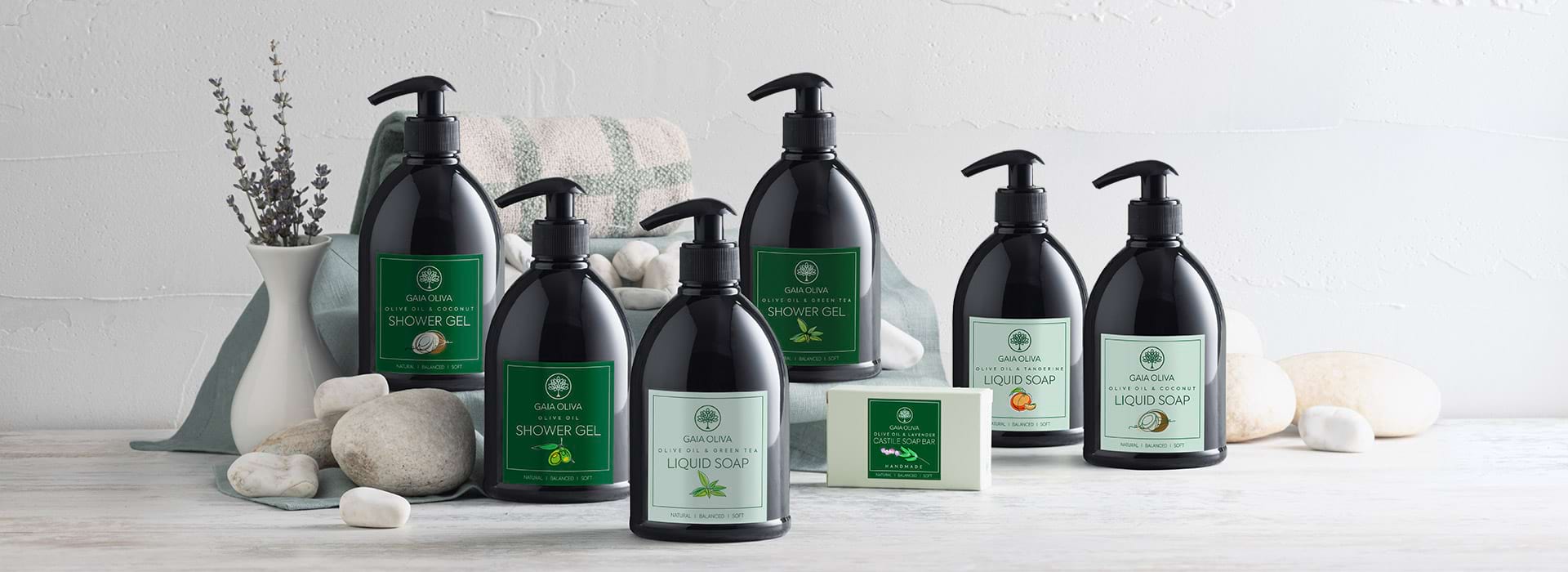The Secret to Delicious Fried Foods: Can You Fry with Olive Oil?
Olive oil is a cherished ingredient in our kitchens, especially for cold dishes like salads and appetizers. But when it comes to frying, olive oil isn’t often the go-to choice, largely due to the widespread belief that “You can’t fry with olive oil.” But is this really true? Is frying with olive oil a no-go?
Actually, it’s possible—and it works wonderfully. To create fried foods that are both flavorful and just right for your taste, there are a few tips to keep in mind when using olive oil.
So, let’s take a closer look at the combination of frying and olive oil, challenging some common misconceptions along the way.
Does Olive Oil Burn When Frying?
The idea that frying with olive oil doesn’t work mainly stems from the perception that olive oil can’t handle high heat. In fact, there are even health concerns suggesting that olive oil might cause harm rather than provide benefits at higher temperatures.
However, while you can find various reports and statements supporting these claims, many of them are based more on myth than science. In contrast, there’s research that supports olive oil’s resilience to high heat.
One study, which tested the performance of different oils for frying, found that olive oil not only withstands heat well but also remains stable for long periods, making it ideal for frying. In the same study, sunflower oil—a common choice for frying—was also tested and found to degrade quickly at high temperatures. In short, the oil that best preserves its nutritional value and resists high heat is actually the olive oil often avoided for frying.
Of course, oil needs to reach a high enough temperature—its “smoke point”—to fry effectively. If you’re wondering, “What is the smoke point of olive oil?” here’s the answer: depending on the type, olive oil’s smoke point ranges from 190 to 220 degrees Celsius. For comparison, sunflower oil has a smoke point of around 180 degrees Celsius. This means that olive oil can actually withstand higher temperatures without breaking down as quickly as sunflower oil.

Which Olive Oil is Best for Frying?
When selecting olive oil, you’ll come across various types. Among them, extra virgin olive oil stands out as the ideal choice to bring out the full flavor and nutritional value of olives in your meals. As defined by the Turkish Food Codex Olive Oil and Pomace Oil Communiqué, extra virgin olive oil is made from olives under conditions that preserve its natural qualities. So, if you’re aiming to capture the authentic aroma and nutrient profile of olives, extra virgin olive oil is your best pick.
Can You Reuse Olive Oil After Frying?
This question isn’t unique to olive oil—it’s a common consideration for all frying oils. Since frying usually requires a significant amount of oil, many people feel inclined to reuse it to avoid waste. However, reusing oil is actually not recommended.
While olive oil can withstand high temperatures, repeated heating and cooling alter its structure. This change reduces its unique aroma, flavor, and nutrient content, which can negatively affect both the taste and the nutritional value of your fried foods. So, whether you’re using olive oil or any other type, try to avoid reusing oil after frying.
But what should you do with the leftover oil once you’re done frying?
If your answer is “I’ll pour it down the sink or throw it away,” consider the impact—this approach can be quite harmful to the environment. Remember, every bit of used oil you discard improperly isn’t just waste; it’s also a hazard to the planet’s future.











Leave a comment